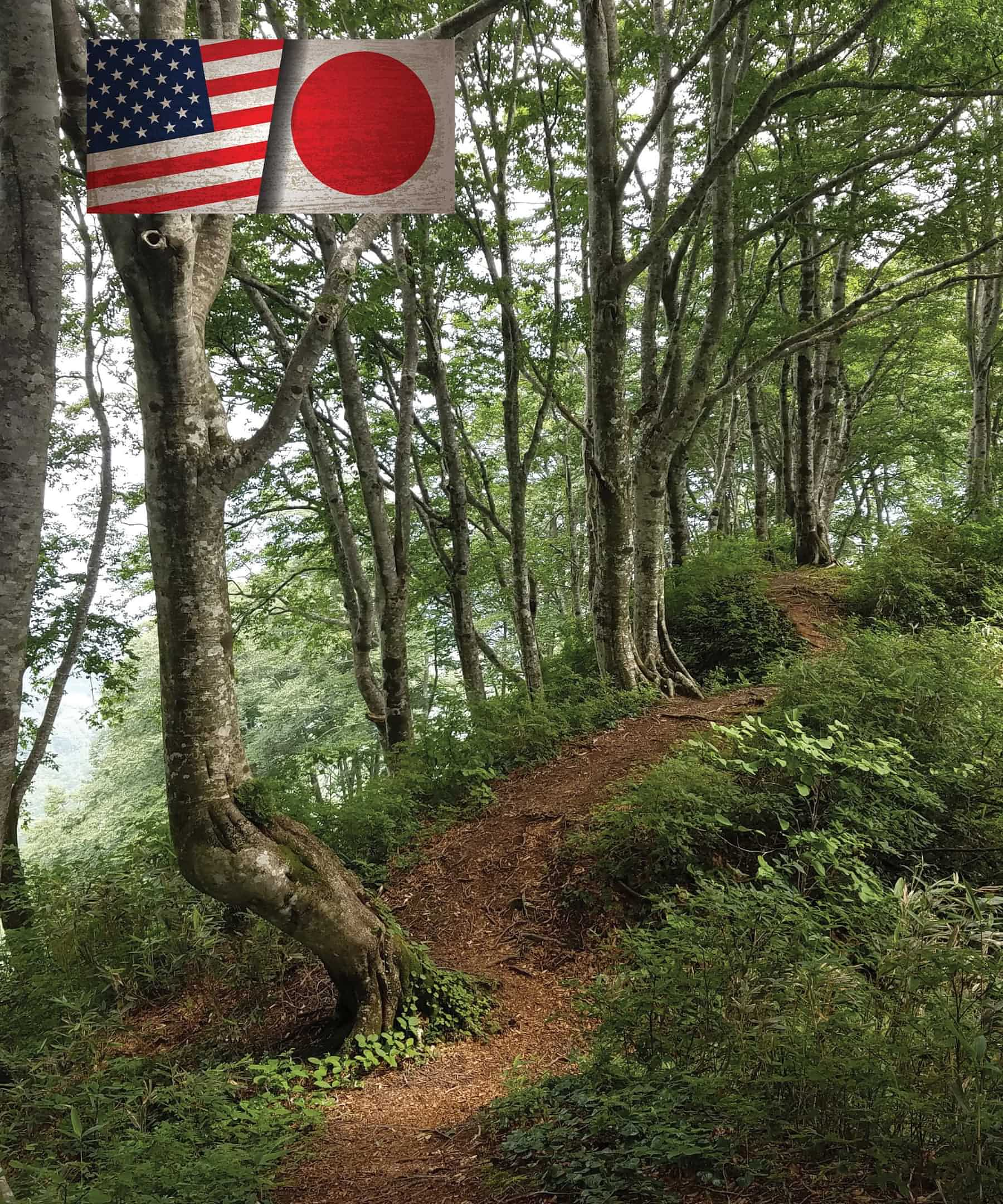
A portion of the Shinetsu Trail through a beech tree forest. Photo by Sarah Adams.
From America to Japan:
the Shinetsu Trail
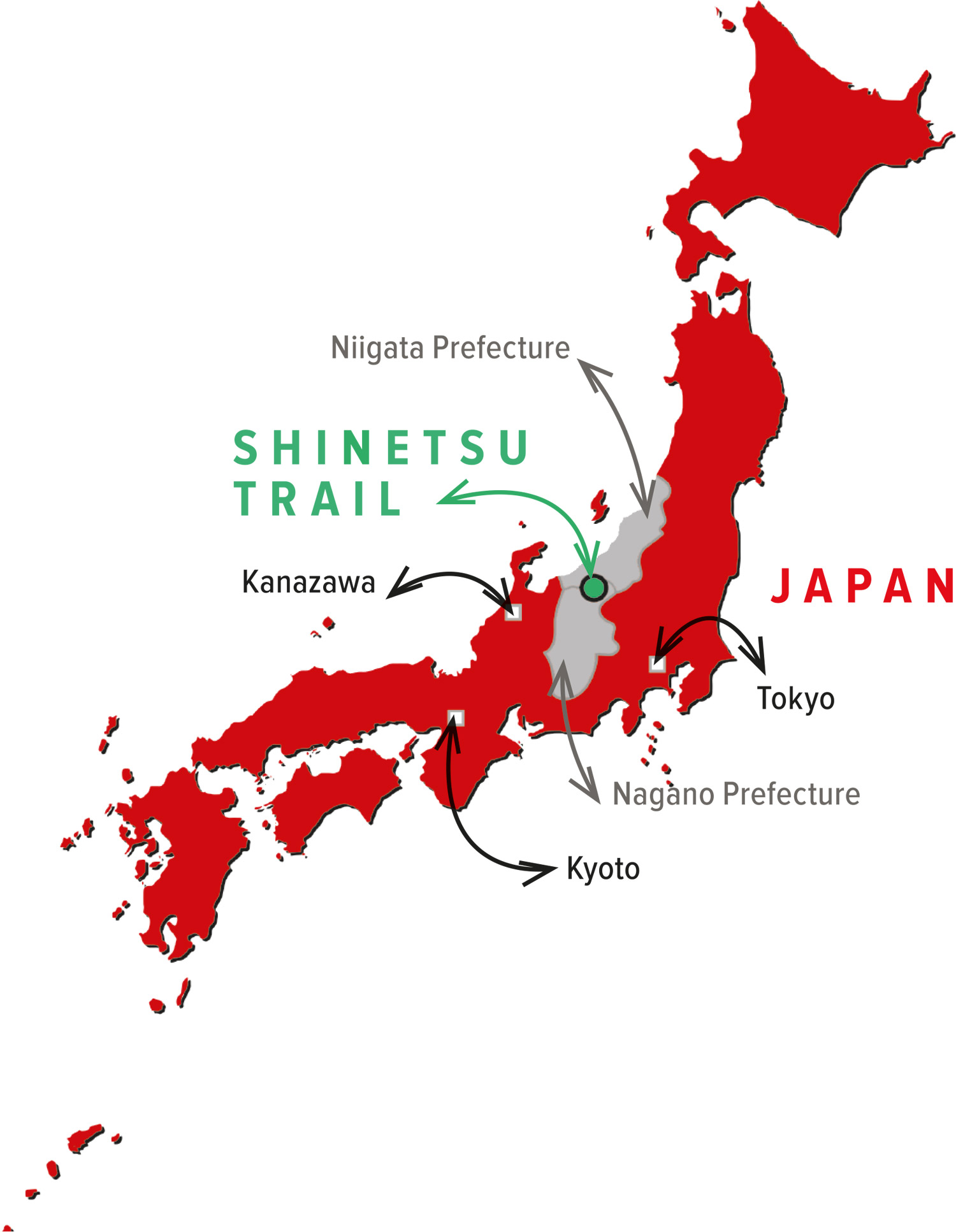
Despite being separated by 10,000 miles and the world’s largest ocean, the Appalachian Trail and the Shinetsu Trail in Japan are inextricably connected. From their origins and purpose to the ways in which they are currently managed, the two trails have a surprising amount in common.
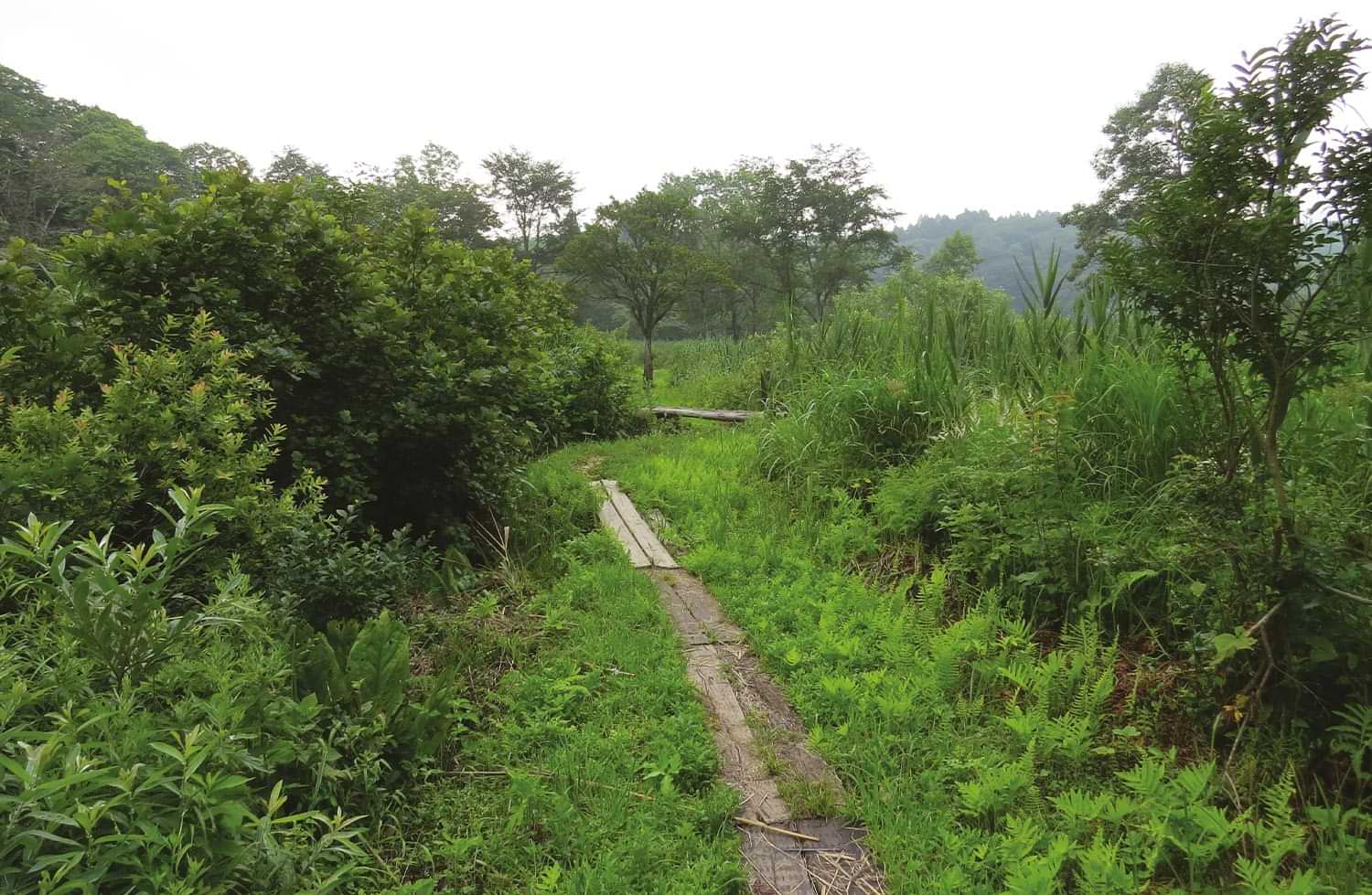
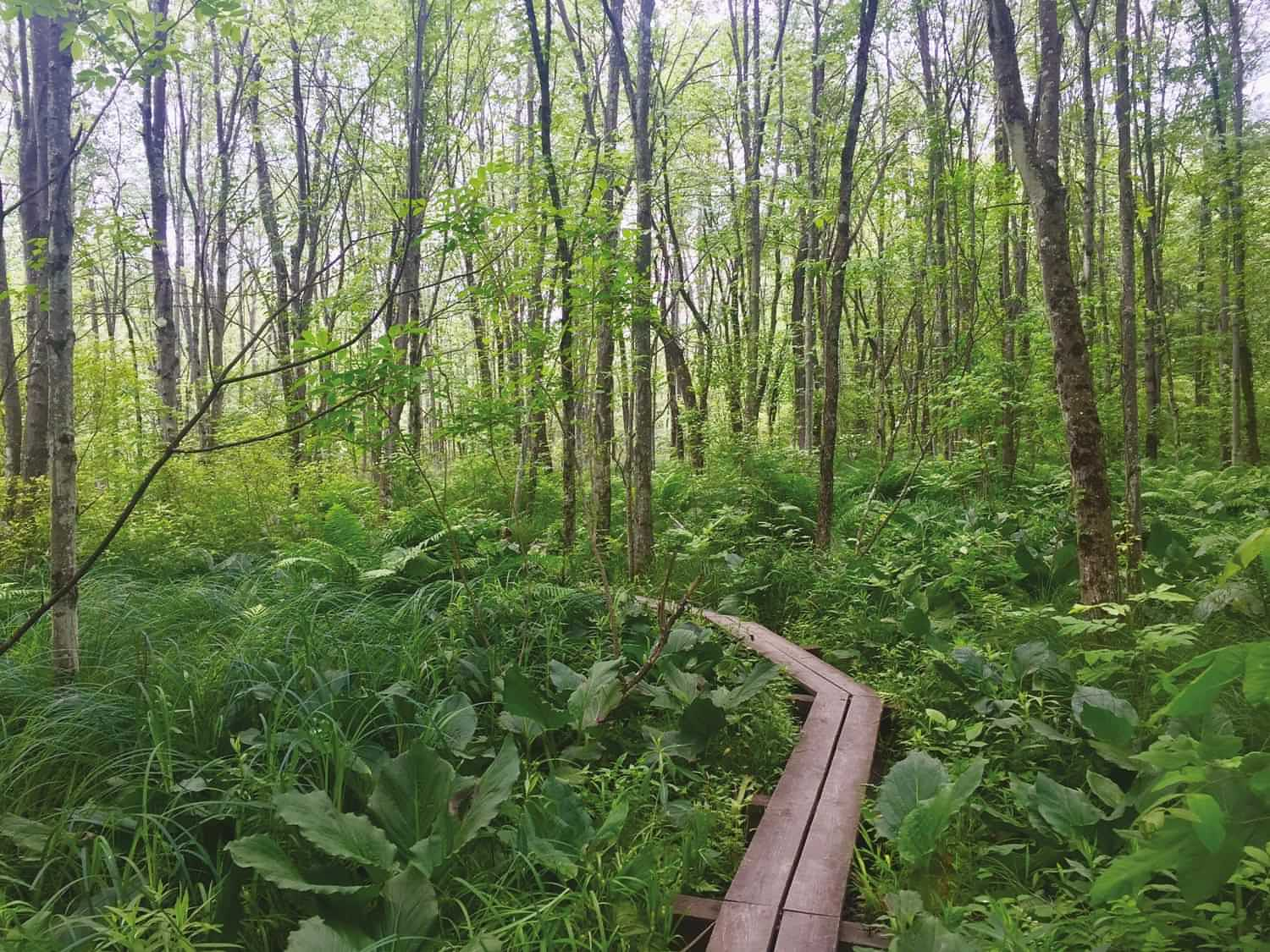
Nationwide, and especially in the crowded cities of the Northeast, people were waking up to the restorative benefits of time in nature. MacKaye described these as opportunities for both recreation and recuperation — activities that could engender a new perspective on the drudgery of daily life.
Despite the specific context that inspired the A.T.’s creation, there is no containing a good idea. Throughout its history, the Trail has inspired the development of numerous long trails in the United States and worldwide. In addition, the experiences that individuals have on the A.T. — and the opportunity for reflection that Trail time affords — have given rise to countless big dreams and ideas.
Just as everything in nature is interconnected, as John Muir eloquently stated, so too with trails. And therefore the origin, purpose, and maintenance of a long-distance trail 10,000 miles and an ocean away from the Appalachian Trail cannot be extricated from the A.T. and its impact.
Katō lived in the Yatsugatake Mountains, which are renowned in Japan as a hiking and trekking destination. Inspired by the beauty and peace of life in the mountains, he became passionate about environmental conservation and the preservation of wilderness places. Katō came across Muir’s writings and wanted to bring attention to them in Japan, which had a system of under-utilized national parks. His book Forest Saint, Father of Conservation: John Muir was published in 1985.
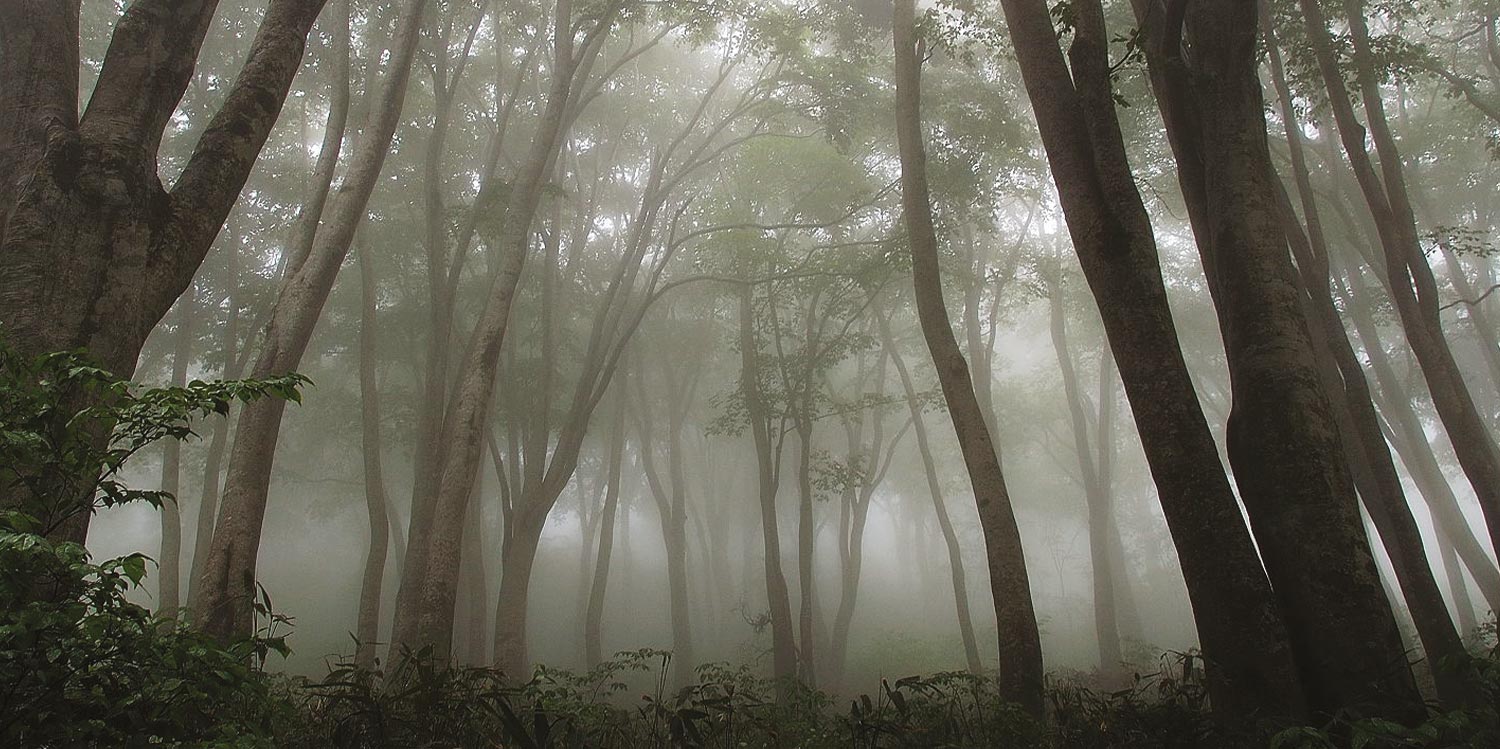
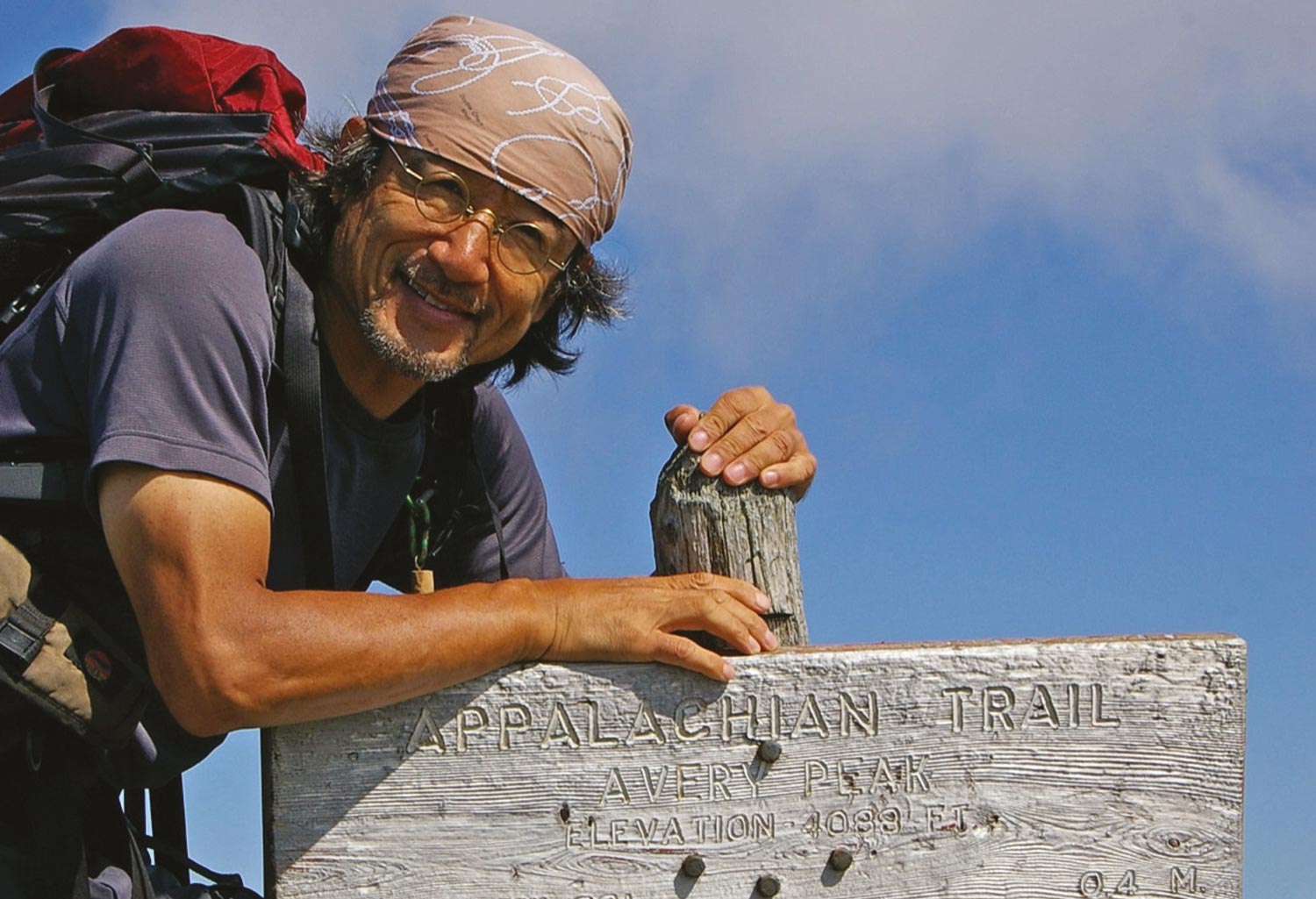

Reflecting on his A.T. experience, Katō said at the time, “It’s not just about nature, but is a walk that connects nature, culture, and history…. The longer you’re on it, the more you can experience the diversity of history and culture. You’ll have deep, warm, heart-to-heart communications with people.”
Katō’s tireless advocacy in Japan for the concept of long trails eventually brought him into contact with a nascent project in Iiyama, in the Nagano prefecture. There, a forward-looking mayor was leading an effort to create a trail through the region’s beautiful and life-sustaining beech tree forests. The goal was to promote recreation-based tourism and environmental protection in a predominantly rural region.
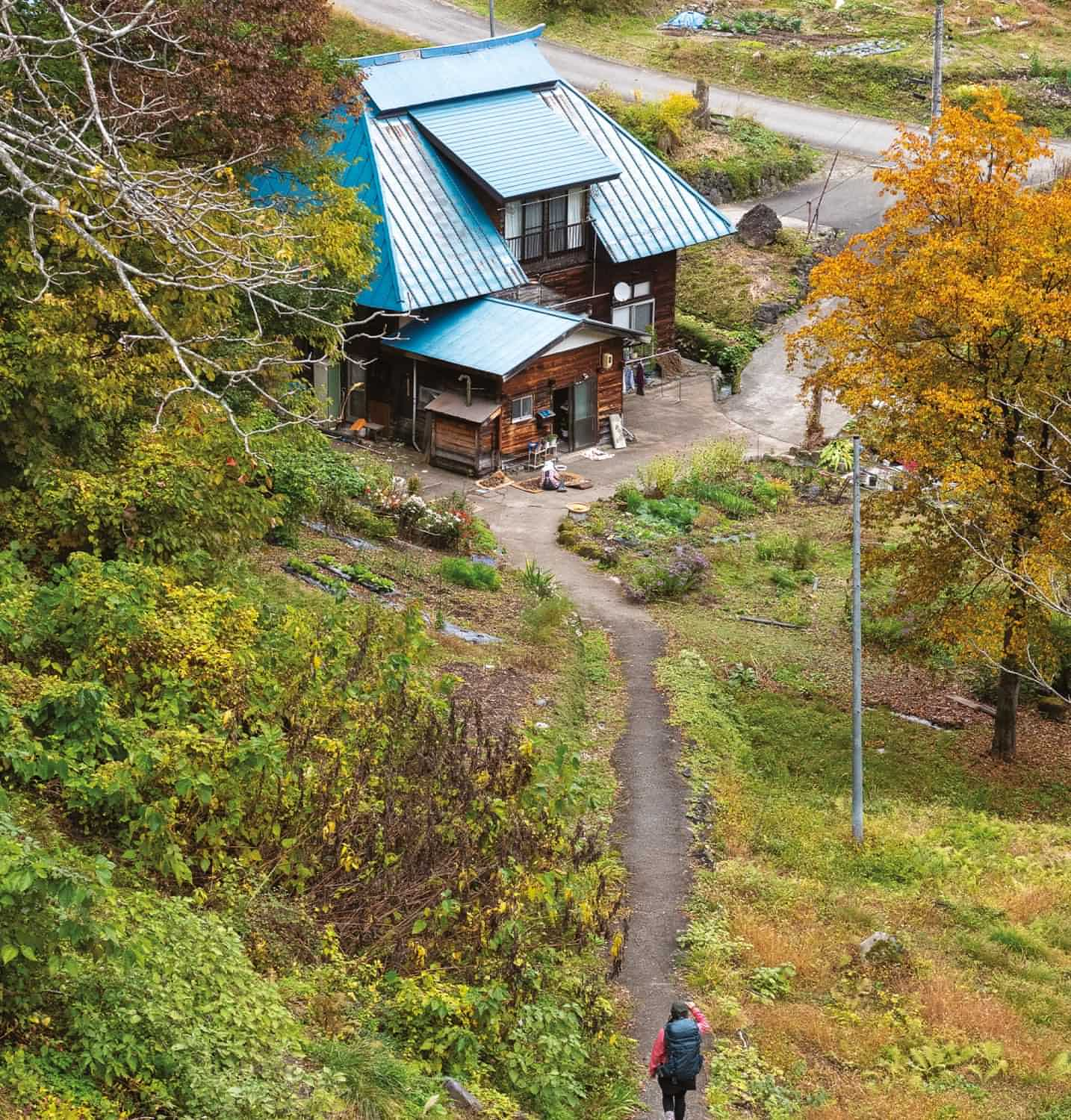
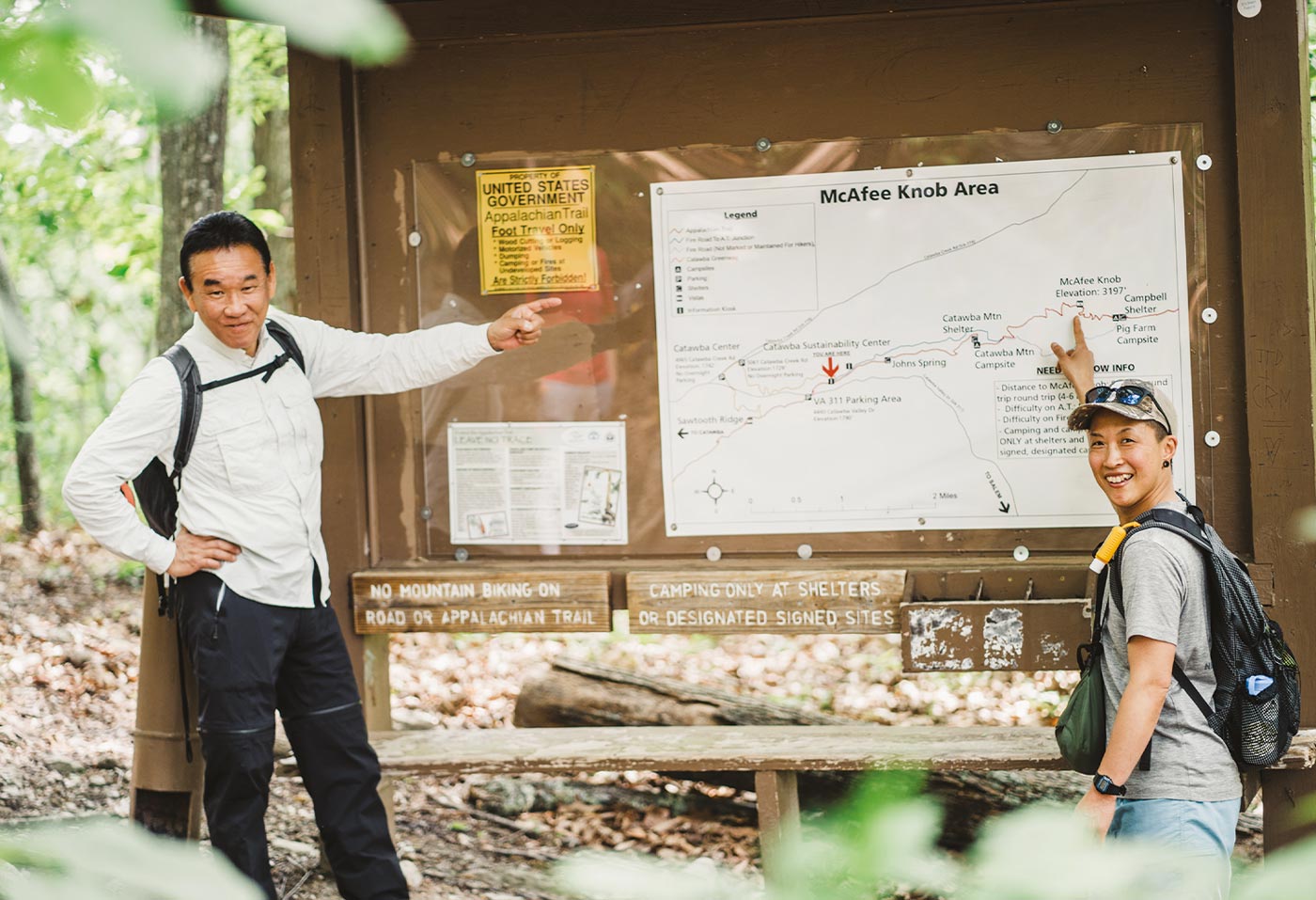




When the Shinetsu Trail was starting to become a reality in Japan, the project’s leaders arranged a visit to the Appalachian Trail in 2003 to see the public-private partnership in action. They joined Georgia A.T. Club members in a trail management project and met with representatives of the ATC, the National Park Service, and other partners. They learned about the federal protection that the Appalachian Trail has enjoyed since 1968, when Congress passed the National Trail Systems Act and President Lyndon B. Johnson signed it into law. And so the Shinetsu Trail’s champions realized that their project would never succeed without the cooperation of the national government in Japan as well as the communities and prefectures that would soon be connected by the trail. And it would require a management organization to coordinate the efforts of all involved.
Upon their return home, the project leaders created the Shinetsu Trail Club and, in 2004, signed an agreement for cooperation on trail management with Japan’s Forestry Agency and the Kantō Forest Management Bureau. This was the first time in Japan that the national government signed an agreement with a non-profit.
Among the people from Japan who visited the A.T. in 2003 were Noriyoshi Katō, who had championed the long trail movement in his home country, and Hiroshi Kimura, who is currently a member of the Shinetsu Trail Club board of directors. Katō passed away in 2013 from ALS, leaving behind a legacy of books and trail guides full of hiking tips and wisdom about long trails. Thanks in part to Kimura’s continued involvement, and new staff members at the Shinetsu Trail Club who have thru-hiked the Appalachian Trail themselves, the relationship between the Shinetsu Trail Club and the Appalachian Trail Conservancy has remained strong.
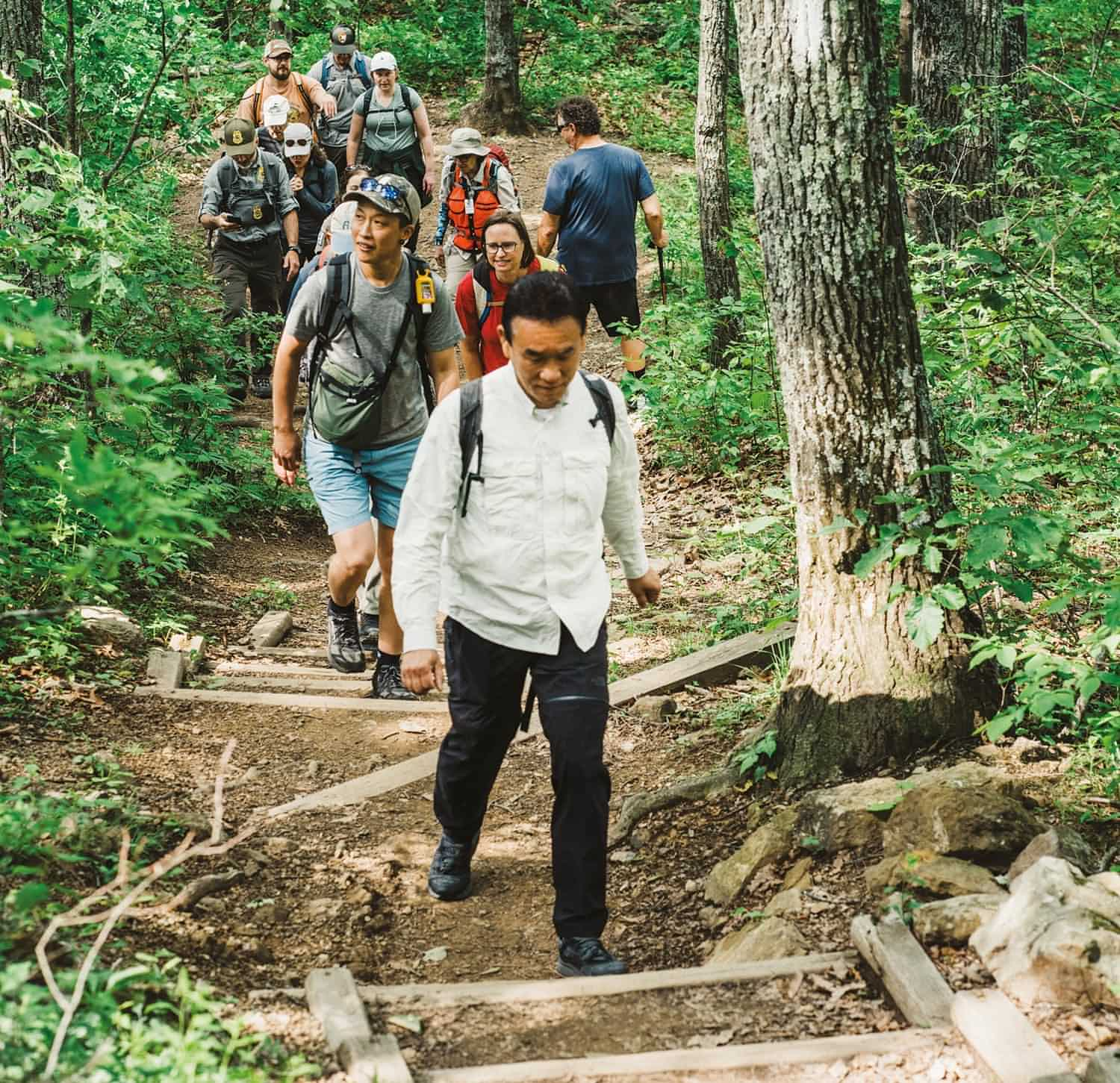
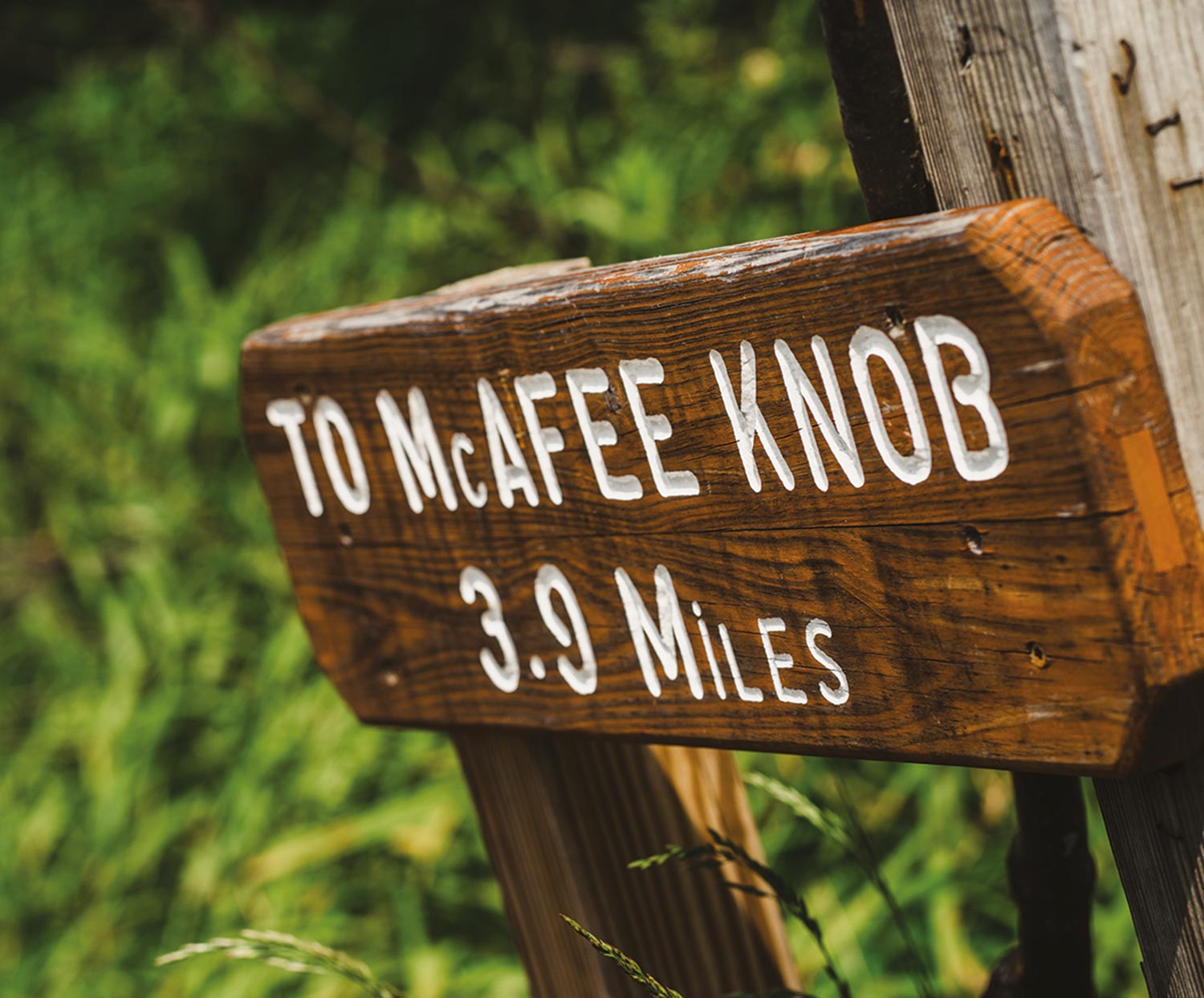
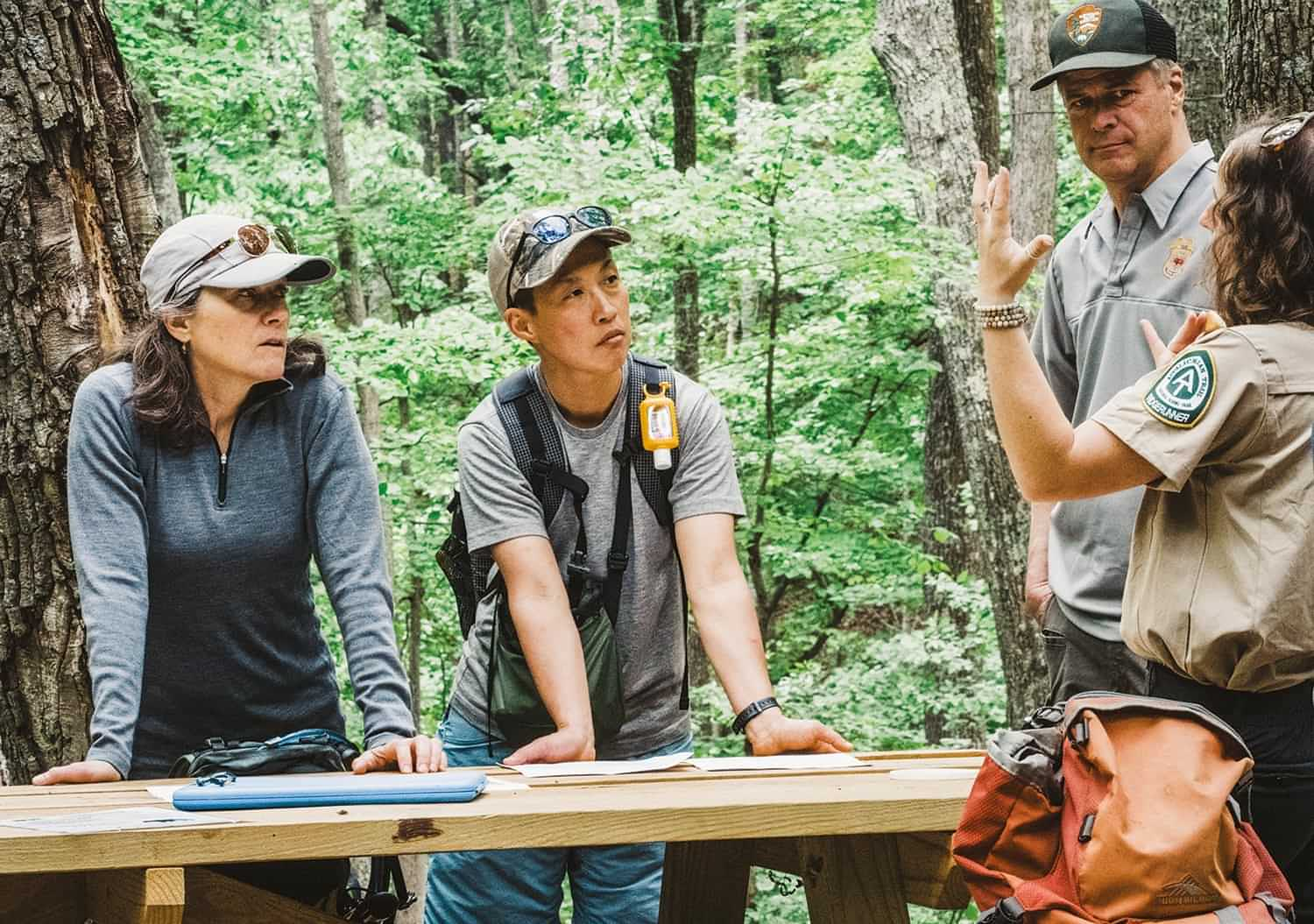
The participants on the hike to McAfee Knob with the Shinetsu Trail Club representatives constituted a microcosm of the cooperative management system. Photos by Kemper Mills Fant
Up at the knob, the shop talk gave way to admiring the sweeping views of Catawba Valley, taking photos, and eating lunch together. Satoh recalled being awed by the views five years ago, during their 2018 thru-hike. Kimura requested a photo of himself striking the same pose that Noriyoshi Katō had struck for the cover photo of his 2011 book about his A.T. thru-hike.
The McAfee Knob hike was the high-water mark of the Shinetsu Trail Club representatives’ visit to the A.T. in 2023. They had begun their trip in Georgia, where they were hosted by the Georgia A.T. Club and did some trail maintenance work with the ATC Konnarock Trail Crew near Preachers Rock. Kimura and Satoh then made their way north to Asheville, where they met with Carolina Mountain Club members and staff from the ATC’s Southern Regional Office. The following day, they traveled to Roan Mountain to attend a field visit with staff from ATC Science & Stewardship, Cherokee National Forest, and Southern Appalachian Highlands Conservancy. After a brief stop in Blacksburg, they hiked McAfee Knob before parting ways — Kimura to head back to Japan, and Satoh to attend Trail Days in Damascus, Virginia, before heading home.
“The Shinetsu Trail, which is considered a leading example of long-distance trails in Japan, has only been in operation for 18 years and is still in the process of trial and error. The 100-year-old A.T. is a great senior to us, and we need to continue to gain much insight from the ATC,” said Satoh.
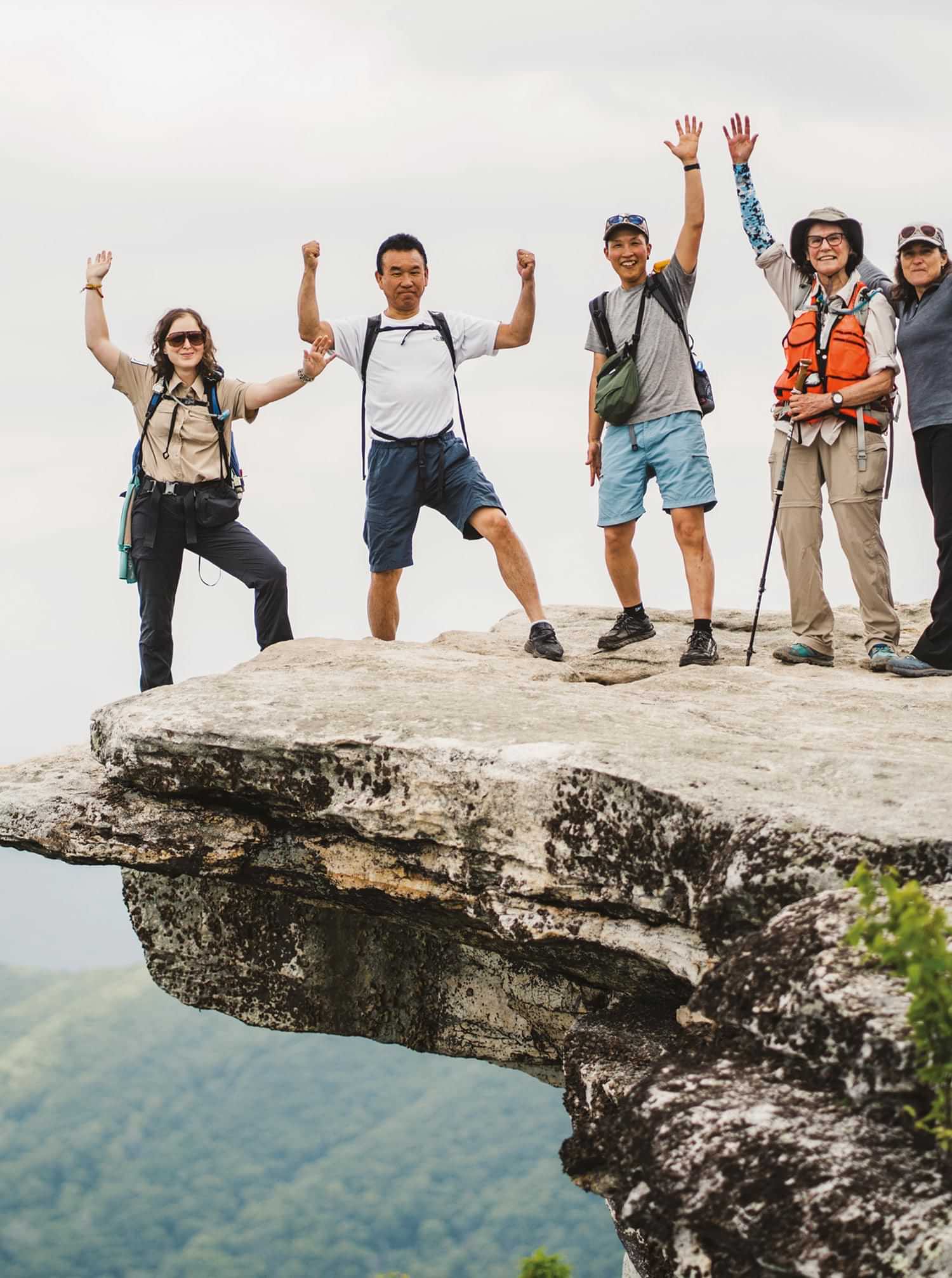
Adams was a young child then, but her family’s connection to Katō made an impact. As she later wrote in her senior thesis for Yale University, from which she graduated in 2020, “I was curious about how and why someone like Katō would travel all the way from Japan, where my mother is from, to hike the [Appalachian] trail. My childhood memories of Katō made me want to know more about his influence in Japan and the development of long trails there.”
Prior to graduating from Yale, Adams hiked the Shinetsu Trail. She also wrote a thesis, titled “Jappalachia”: Connections between the Appalachian Trail and Japan’s Shinetsu Trail, that explores how the two trails exemplify the unique characteristics of their respective locations as well as what she calls the “power of transnational connections.” The thesis was later developed into an online exhibit by the Yale University Library, which serves as a starting point for many people to learn about the relationship between the two trails.
Adams joined the ATC staff as a regional manager in the summer of 2021 and is currently responsible for managing the southern-most 175 miles of the A.T., working closely with agency partners, volunteer clubs, and A.T. communities. Together with Laura Belleville, ATC’s vice president of Conservation and Policy and board member of the World Trails Network, Adams coordinated the 2023 visit from the Shinetsu Trail Club representatives.
MacKaye’s inspiration for the Appalachian Trail came while he stood at the summit of Stratton Mountain, the highest peak in southern Vermont. He later described the moment, in a letter to the Appalachian Trail Conference annual meeting in 1964: “It was a clear day, with a brisk breeze blowing. North and south, sharp peaks etched the horizon. I felt as if atop the world, with a sort of planetary feeling. I seemed to perceive peaks far southward, hidden by old Earth’s curvature. Would a footpath some day reach them from where I was then perched? Little did I dream…”
Could MacKaye have imagined that his vision for a long-distance trail through the Appalachian Mountains would inspire a trail through mountainous terrain on the other side of the world? Perhaps. At the very least, he must have appreciated that the connections sparked by trails can often know no bounds.